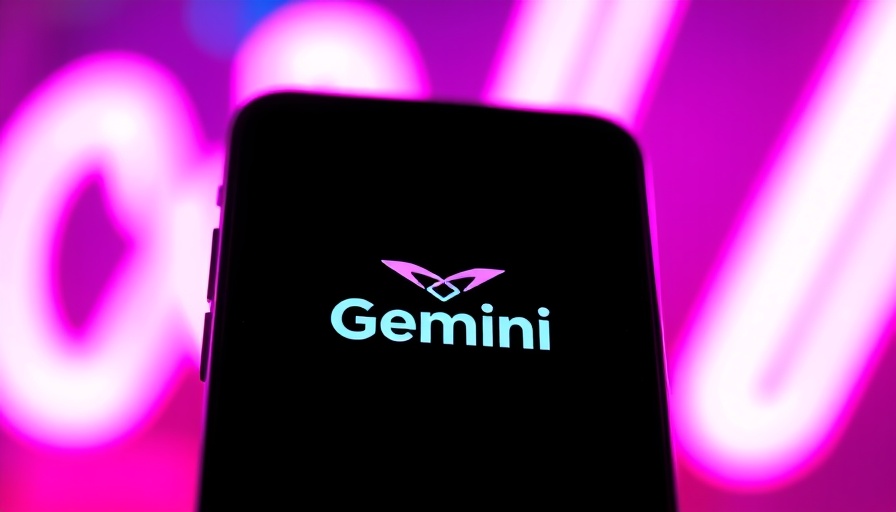
How YouTube's New Inspiration Features Can Guide Your Child's Creativity
YouTube has introduced new features in its "Inspiration" tab that aim to spark creativity among video creators, particularly relevant for parents interested in fostering their children's imaginative skills. These changes are not just for seasoned creators; they also serve any aspiring young YouTube stars who might be inspired by existing content to cultivate their unique voices.
Understanding the ‘Inspiration’ Tab
Originally dubbed the "Research" tab, YouTube's renaming to "Inspiration" signifies a shift towards a more creativity-focused platform. With enhancements powered by generative AI, this feature helps creators—particularly children—access inspiration from their past videos and audience feedback. This might appear straightforward, but the potential for growth is immense; it nurtures kids’ capacity to build upon their experiences and creativity.
The Role of AI in Creativity: A Double-Edged Sword
Two noteworthy features have been introduced: "Hooks" and "Brainstorm from anywhere." The former generates AI-powered suggestions aimed at capturing viewers' attention. This means children can learn to express their ideas more engagingly, which is essential in the crowded space of online videos. However, one must consider if this reliance on AI may lead to homogeneous content creation, limiting individual expression.
Save Ideas for Future Creativity with 'Quick Saves'
Complementing the new features is the introduction of "Quick saves," allowing users to store inspiring concepts directly from YouTube Studio. This function can help children keep track of their creative ideas, turning spontaneous thoughts into structured projects. By encouraging young creators to document their inspirations, parents can help them develop a more organized approach to content creation.
Implications for Parents: Navigating a New Digital Landscape
Understanding these features is crucial for parents who guide their children in a digital environment. By engaging with YouTube’s offerings, you can support your child in developing skills to effectively communicate and present ideas. However, it also raises issues of internet safety and screen time management as children create content.
Encouraging Skills Beyond Social Media
Helping children navigate platforms like YouTube isn't solely about content creation. It's about fostering critical thinking and creativity in an age where such skills are vital. Given the dynamic landscape of social media, understanding these mechanics allows parents to instill lessons about authenticity versus imitation, empowering children to trust their unique perspectives.
Final Thoughts: Balancing Creativity and Safety
Parents have a significant role in shaping their children’s interactions with platforms like YouTube. While these new features can offer pathways to creativity, they also demand vigilance concerning online privacy and safety. Encouraging kids to be creators should go hand-in-hand with discussions about responsible internet use. By combining creativity with safety practices, parents can help nurture responsible digital citizens.
Call to Action
If you are a parent, take the time to explore these new tools together with your child. Use YouTube’s features as a starting point to discuss both creativity and the importance of safe online practices.
 Add Row
Add Row  Add
Add 




Write A Comment